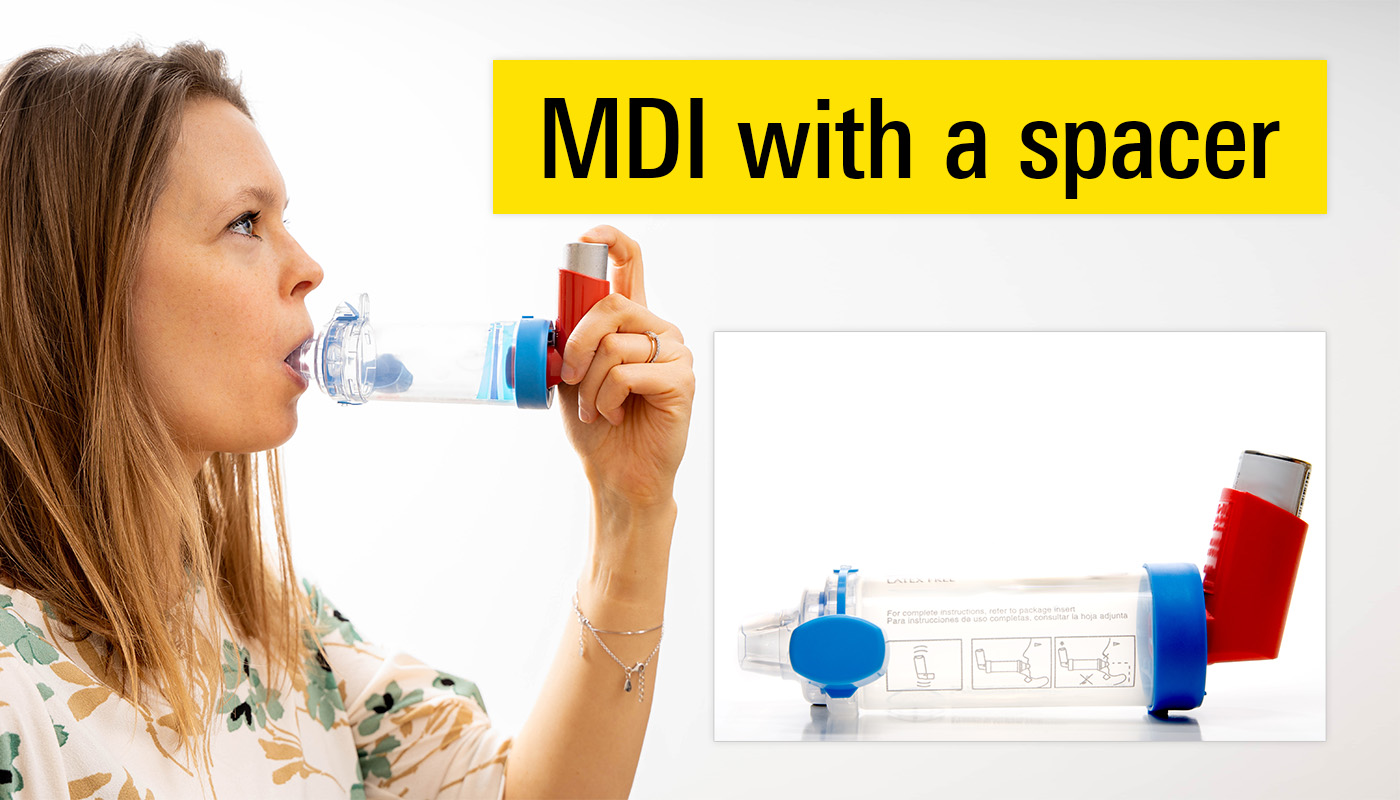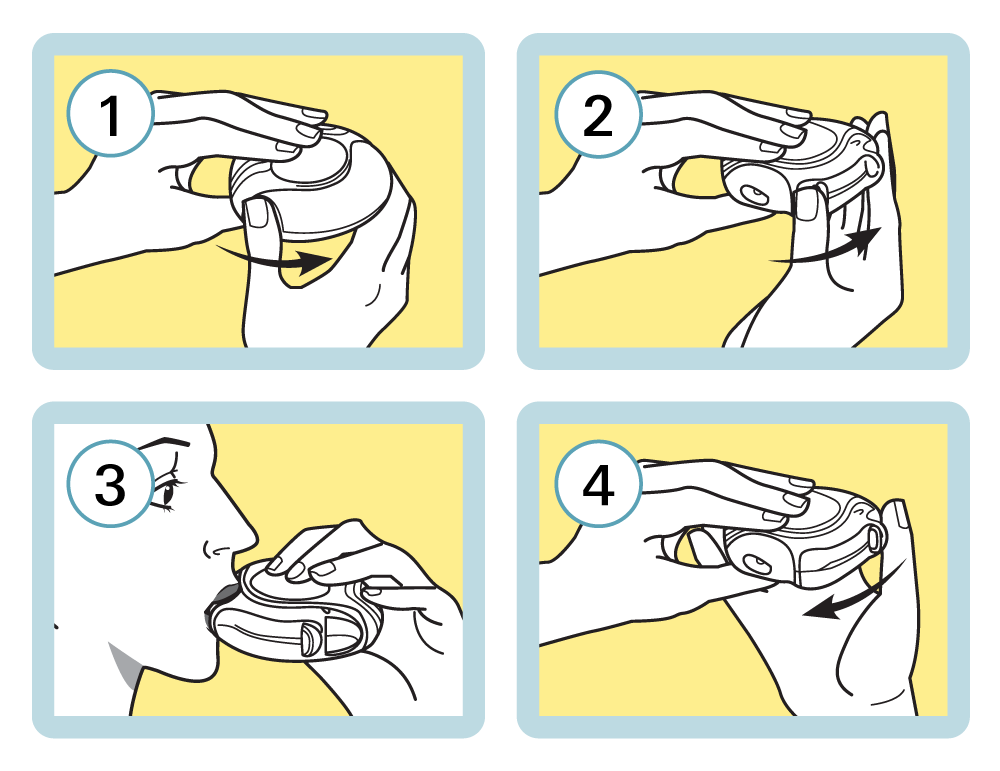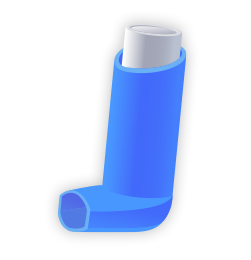Inhaler Types: MDI vs DPI
If you have chronic obstructive pulmonary disease (COPD) or other lung conditions, the chances are that you carry an inhaler to take your medication.
MDIs (puffers) and DPIs are inhalers that deliver 1 or more drug substances to the site of action. Both types are used to treat lung conditions including asthma, COPD, respiratory infections and cystic fibrosis. These medical conditions are characterized by blockage of airflow and shortness of breath.
Since inhalers deliver medicine directly to the lungs, smaller doses are needed and they can start working more quickly.
Metered-dose inhaler (MDI)
MDIs administer your medication as a mist. You inhale the medication deeply into your lungs to widen your airways. MDIs are generally used as asthma rescue inhalers or as reliever medications.
The active ingredients in MDI inhalers are supplied by a small pressurized aerosol dispenser while being dissolved or suspended in a propellant, a mixture of propellants, or a mixture of solvents.
The dispenser stores several hundred doses of the medication.

MDIs require you to coordinate breath and actuation. If you have poor grip strength or arthritis, a spacer may be used. A spacer is a tube that connects to your MDI (DPI does not require a spacer). When you actuate the canister, the medication is kept in the spacer until you can breathe it in.
Dry-powder inhaler (DPI)
DPIs administer a dosage of your medication as a powder. To widen your airways, you inhale the medication deeply into your lungs. Medication particles are very small and can reach the tiniest airways.
DPIs hold the medication only—no chemical propellants. To take the medication you take a deep, fast breath from the inhaler. Since no breath-dose coordination is needed to administer the medication, they are easier to use.
How to use dry-power inhalers

Pre-metered DPIs are also available which include pre-measured doses in blisters, or capsules. A dose (a blister or a capsule) is placed into your device either right before usage or during the manufacturing phase. The dosage may be immediately inhaled from the pre-metered unit or it may be transferred to a chamber before inhalation. They require you to load the medication each time by pushing a button.

An indicator on the top or sides of your DPI should display how many doses are remaining. Before your old DPI runs out, make sure you have a replacement on hand.
MDI vs DPI
 |
 |
|
| Metered-dose inhaler (MDI) | Dry-powder inhaler (DPI) | |
| Delivery | Aerosolized (liquid) medication | Fine-powdered medication |
| Propellant | Yes (HFA) | No |
| Spacer | A spacer can be used for individuals who cannot coordinate breathing in at the same time they are pressing the canister. | Spacers cannot be used, the medication is delivered by the breath and no coordination is needed |
| Shake before use | Yes (except with: QVAR Redihaler, Alvesco, and Respimat products) | Do not shake |
How do I take care of my inhaler?
After each use, replace the inhaler's cap to keep the mouthpiece clean. At least once a week, or as instructed, clean your inhaler. Read and abide by the cleaning guidelines included with your inhaler.
DPIs should be stored in a cool and dry area and should be cleaned once a week with a dry cloth. Avoid using water to clean your DPI.